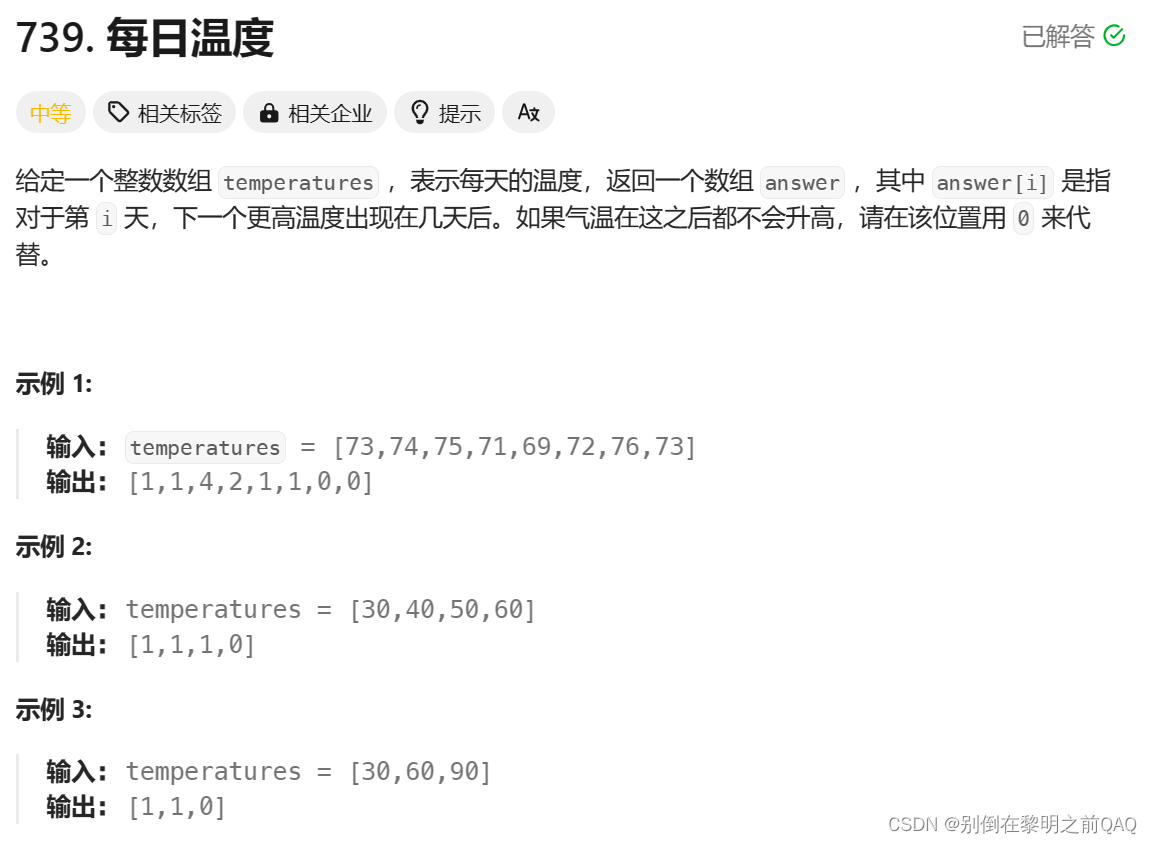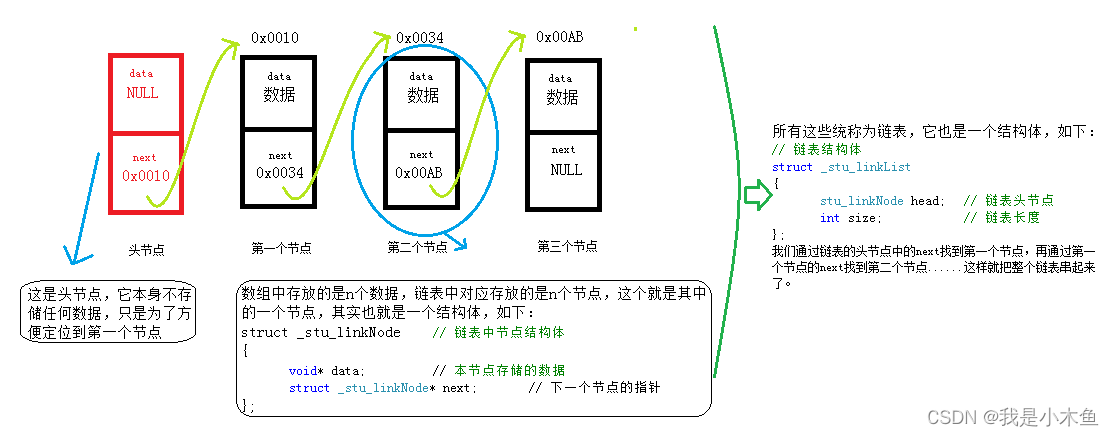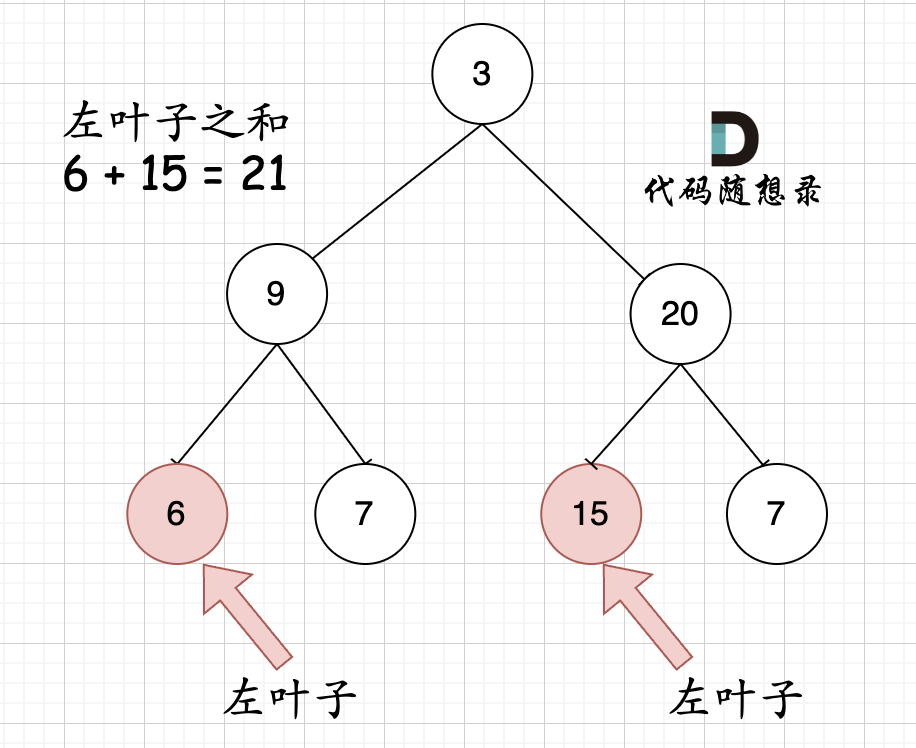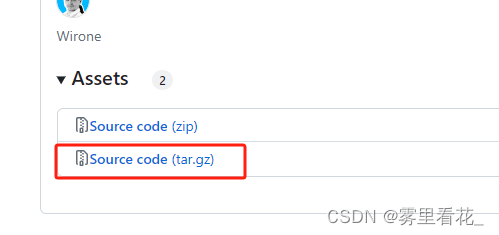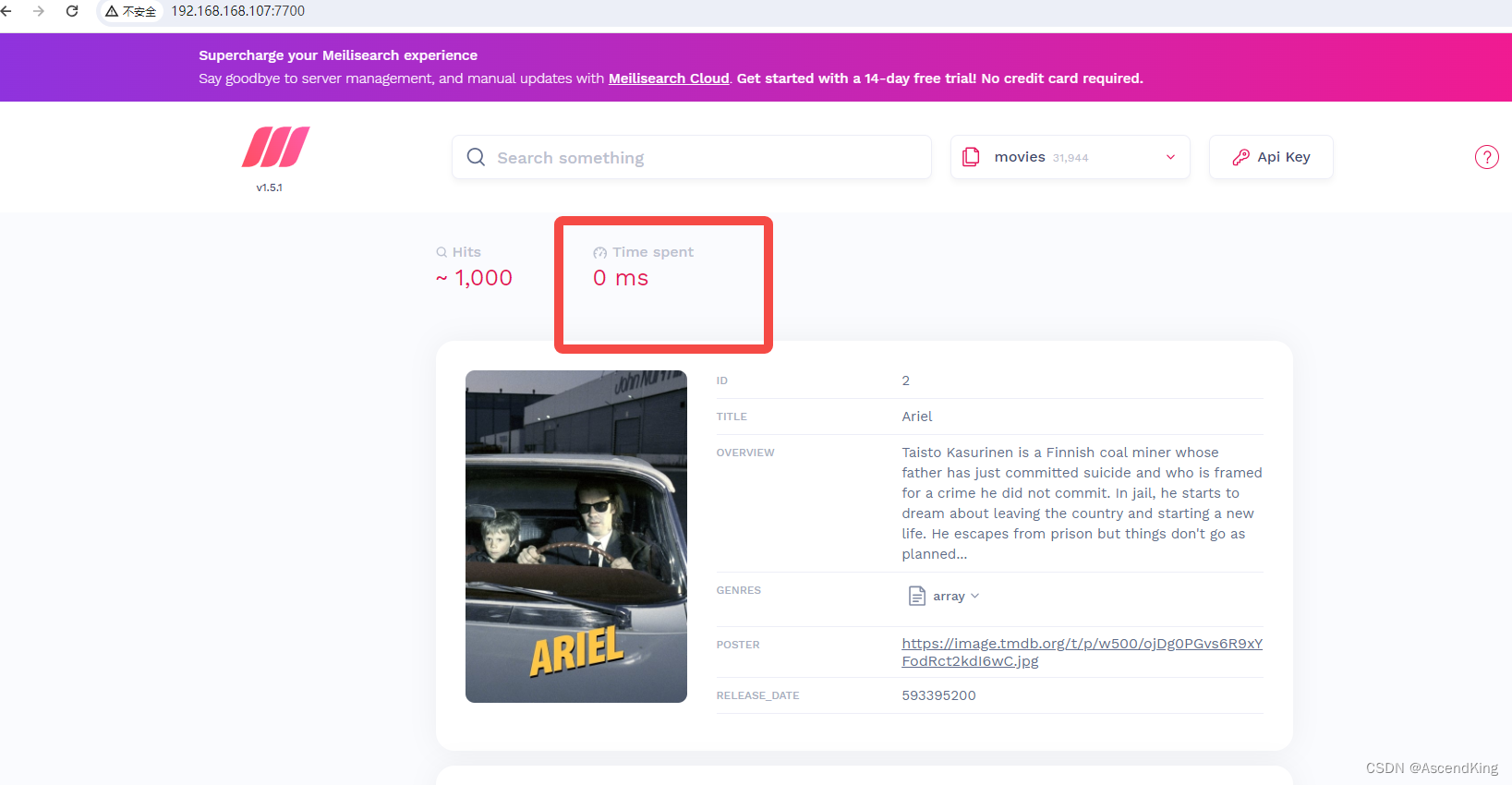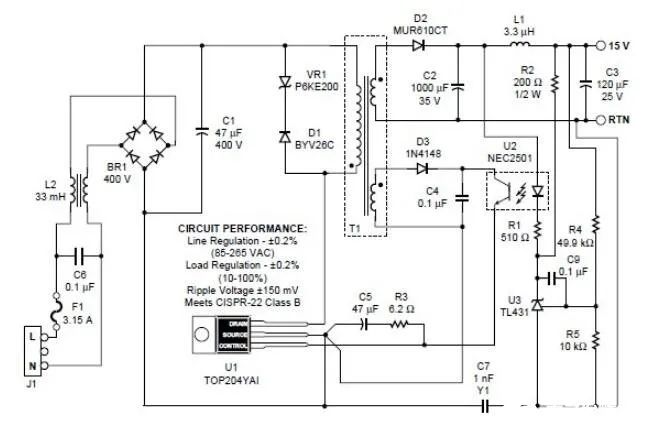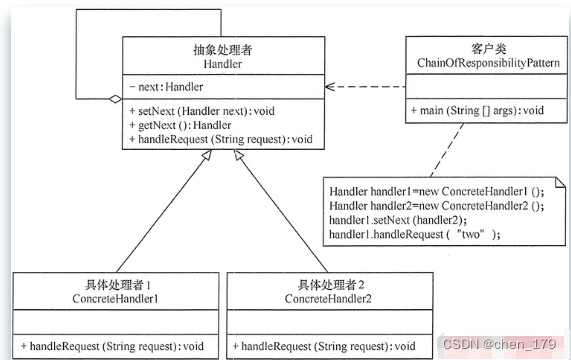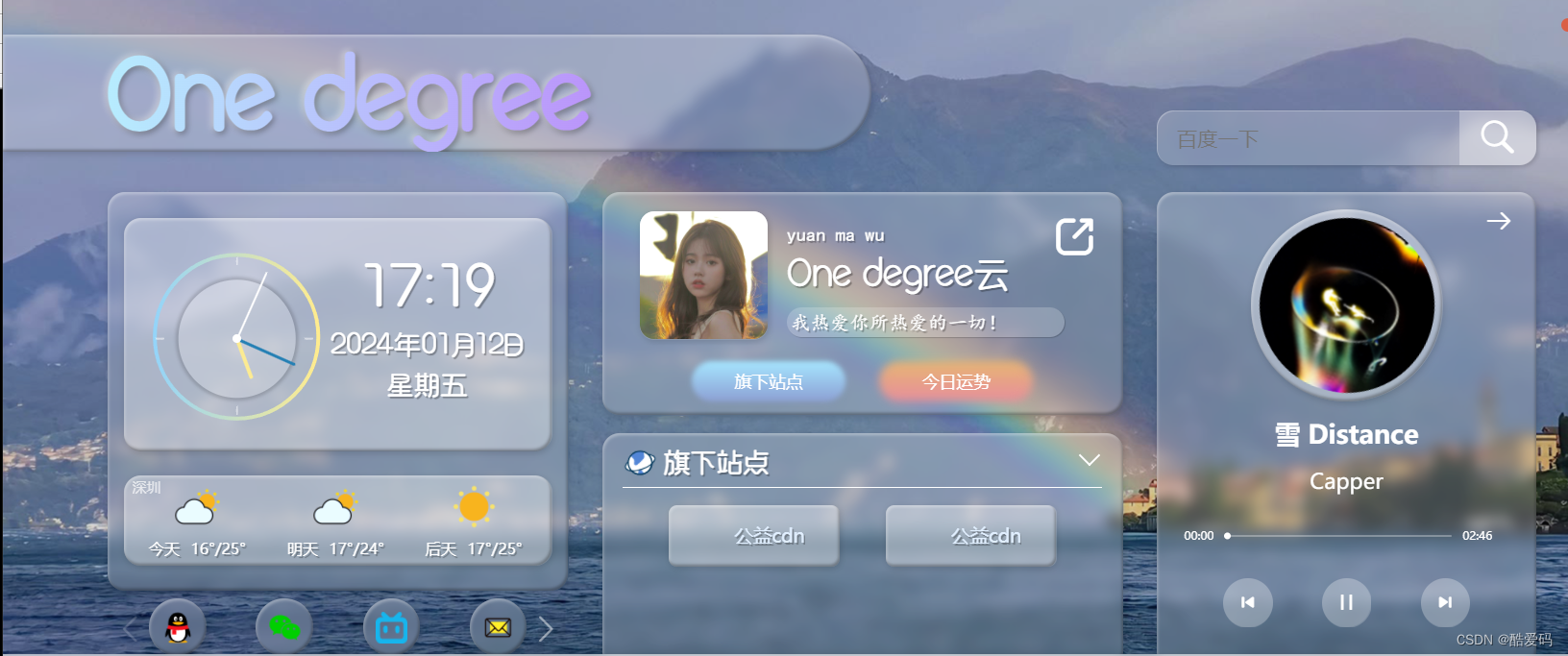1、EhCache介绍
在查询数据的时候,数据大多来自于数据库,我们会基于SQL语句与数据库交互,数据库一般会基于本地磁盘IO将数据读取到内存,返回给Java服务端,我们再将数据响应给前端,做数据展示。
但是MySQL这种关系型数据库查询数据相对比较慢,因为有磁盘IO,或者是全盘扫描的风险,在针对一些热点数据时,会对MySQL造成比较大的压力,此时我们可以采用缓存的方式来解决。
而缓存又分为很多种,相对服务端角度来说,可以采用Redis和JVM这两种方式。
Redis不必多说,直接基于基于内存读写,并发读写的并发能力特别强,所以很多时间,在分布式或者微服务的项目中,为了保证数据一致性,我们会采用Redis来实现缓存。
但是在一些单体项目,我们可以采用JVM级别的缓存,比如直接采用框架自带的,例如Hibernate的缓存,MyBatis的缓存,或者是Guava提供的Cache,以及今儿要玩的EhCache。
还有一种情况可以采用JVM缓存,在分布式环境下,如果并发特别大,Redis也扛不住,这是我们可以将数据平均的分散在各个节点的JVM缓存中,并且设置一个较短的生存时间,这样就可以减缓Redis的压力,从而解决热点数据Redis扛不住的问题
同时EhCache也是Hibernate框架默认使用的缓存组件实现二级缓存。类似MyBatis,就直接用的HashMap。
2、引入EhCache
官网:http://www.ehcache.org
通过后缀就可以看出EhCache是开源的组件。
EhCache除了开源,还有可以几乎0成本和Spring整合的有点,毕竟现在Java项目大多都是基于Spring方式构建的,这也可以让我们在使用EhCache的时候更加方便。
这里还是单独的使用EhCache来感受一下,其实使用方式和HashMap的put和get的方式类似,不过EhCache提供了更加丰富的功能。
EhCache有2.x和3.x两个常用的大版本,两个版本API差异巨大,这里咱们以3.x为讲解的内容应用
官方入门文档:
Ehcache 3.10 Documentation
<!-- ehcache依赖 --><dependency><groupId>org.ehcache</groupId><artifactId>ehcache</artifactId><version>3.8.1</version></dependency><dependency><groupId>net.sf.ehcache</groupId><artifactId>ehcache</artifactId><version>2.10.6</version></dependency>
3、复制配置文件
- 复制xml文件
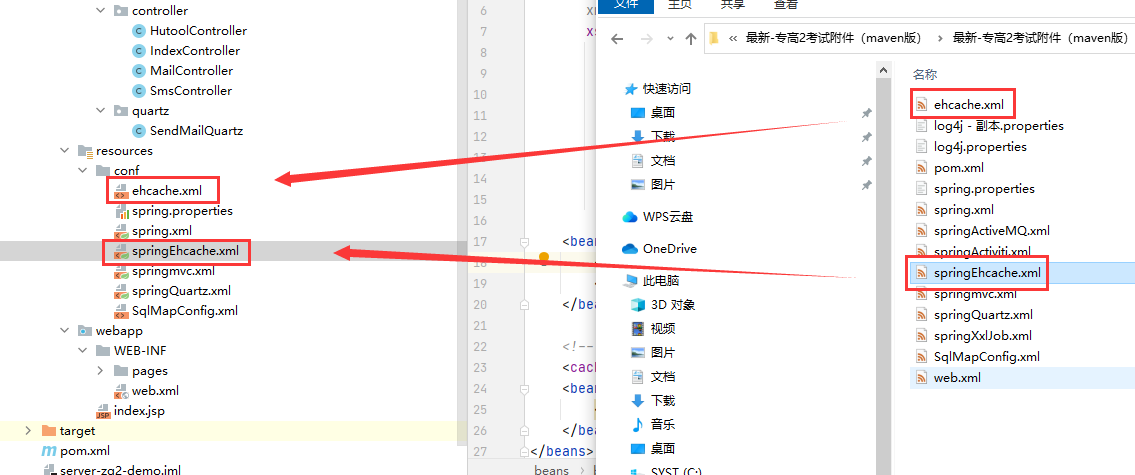
<!-- Ehcache2.x的变化(取自https://github.com/springside/springside4/wiki/Ehcache) -->
<!-- 1)最好在ehcache.xml中声明不进行updateCheck -->
<!-- 2)为了配合BigMemory和Size Limit,原来的属性最好改名 -->
<!-- maxElementsInMemory->maxEntriesLocalHeap -->
<!-- maxElementsOnDisk->maxEntriesLocalDisk -->
<ehcache><diskStore path="java.io.tmpdir"/><defaultCachemaxElementsInMemory="1000"eternal="false"timeToIdleSeconds="60"timeToLiveSeconds="60"overflowToDisk="false"/><cache name="myCache"maxElementsOnDisk="20000"maxElementsInMemory="2000"eternal="true"overflowToDisk="true"diskPersistent="true"/><cache name="myCache2"maxElementsOnDisk="20000"maxElementsInMemory="2000"eternal="true"overflowToDisk="true"diskPersistent="true"/>
</ehcache>
<!--
<diskStore>==========当内存缓存中对象数量超过maxElementsInMemory时,将缓存对象写到磁盘缓存中(需对象实现序列化接口)
<diskStore path="">==用来配置磁盘缓存使用的物理路径,Ehcache磁盘缓存使用的文件后缀名是*.data和*.index
name=================缓存名称,cache的唯一标识(ehcache会把这个cache放到HashMap里)
maxElementsOnDisk====磁盘缓存中最多可以存放的元素数量,0表示无穷大
maxElementsInMemory==内存缓存中最多可以存放的元素数量,若放入Cache中的元素超过这个数值,则有以下两种情况1)若overflowToDisk=true,则会将Cache中多出的元素放入磁盘文件中2)若overflowToDisk=false,则根据memoryStoreEvictionPolicy策略替换Cache中原有的元素
eternal==============缓存中对象是否永久有效,即是否永驻内存,true时将忽略timeToIdleSeconds和timeToLiveSeconds
timeToIdleSeconds====缓存数据在失效前的允许闲置时间(单位:秒),仅当eternal=false时使用,默认值是0表示可闲置时间无穷大,此为可选属性即访问这个cache中元素的最大间隔时间,若超过这个时间没有访问此Cache中的某个元素,那么此元素将被从Cache中清除
timeToLiveSeconds====缓存数据在失效前的允许存活时间(单位:秒),仅当eternal=false时使用,默认值是0表示可存活时间无穷大即Cache中的某元素从创建到清楚的生存时间,也就是说从创建开始计时,当超过这个时间时,此元素将从Cache中清除
overflowToDisk=======内存不足时,是否启用磁盘缓存(即内存中对象数量达到maxElementsInMemory时,Ehcache会将对象写到磁盘中)会根据标签中path值查找对应的属性值,写入磁盘的文件会放在path文件夹下,文件的名称是cache的名称,后缀名是data
diskPersistent=======是否持久化磁盘缓存,当这个属性的值为true时,系统在初始化时会在磁盘中查找文件名为cache名称,后缀名为index的文件这个文件中存放了已经持久化在磁盘中的cache的index,找到后会把cache加载到内存要想把cache真正持久化到磁盘,写程序时注意执行net.sf.ehcache.Cache.put(Element element)后要调用flush()方法
diskExpiryThreadIntervalSeconds==磁盘缓存的清理线程运行间隔,默认是120秒
diskSpoolBufferSizeMB============设置DiskStore(磁盘缓存)的缓存区大小,默认是30MB
memoryStoreEvictionPolicy========内存存储与释放策略,即达到maxElementsInMemory限制时,Ehcache会根据指定策略清理内存共有三种策略,分别为LRU(最近最少使用)、LFU(最常用的)、FIFO(先进先出)
-->
- 修改springmvc.xml文件
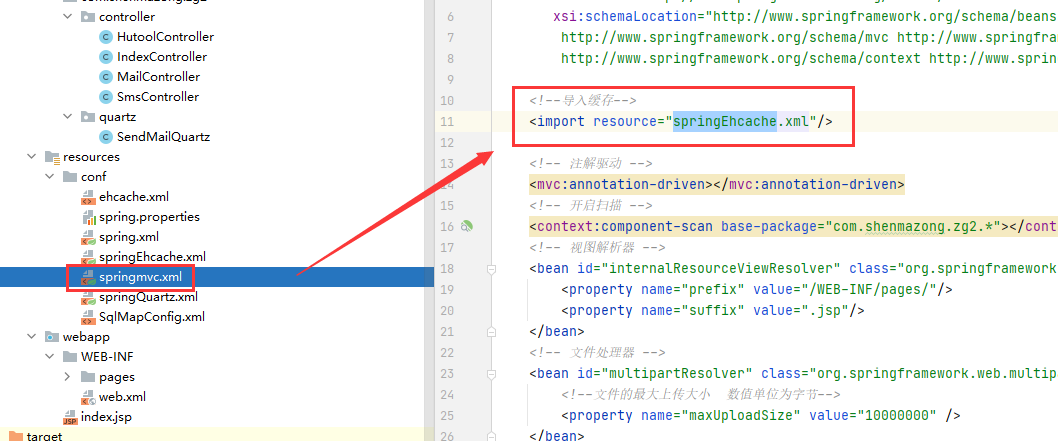
4、通过注解使用ehcache
- 服务接口
package com.shenmazong.zg2.service;import java.util.HashMap;/*** @author 军哥* @version 1.0* @description: 缓存接口* @date 2023/10/15 19:24*/public interface EhCacheService {public HashMap<String, Object> createCache(String key, String value);public HashMap<String, Object> getCache(String key);public void delCache(String key);
}
- 服务接口实现
package com.shenmazong.zg2.service.impl;import com.shenmazong.zg2.service.EhCacheService;
import lombok.extern.slf4j.Slf4j;
import org.springframework.cache.annotation.CacheEvict;
import org.springframework.cache.annotation.Cacheable;
import org.springframework.stereotype.Service;import java.util.HashMap;/*** @author 军哥* @version 1.0* @description: TODO* @date 2023/10/15 19:26*/@Service
@Slf4j
public class EhCacheServiceImpl implements EhCacheService {@Override@Cacheable(value = "myCache", key = "'EhCacheServiceImpl'+#key")public HashMap<String, Object> createCache(String key, String value) {log.info("createCache:"+key+"~~~~~");HashMap<String, Object> map = new HashMap<>();map.put("name", "冯刚刚");map.put("age", "18岁");map.put(key, value);return map;}@Override@Cacheable(value = "myCache", key = "'EhCacheServiceImpl'+#key")public HashMap<String, Object> getCache(String key) {return null;}@Override@CacheEvict(value = "myCache", key = "'EhCacheServiceImpl'+#key")public void delCache(String key) {log.info("delCache:"+key+"~~~~~");return;}
}
- 缓存控制层
package com.shenmazong.zg2.controller;import com.shenmazong.zg2.service.EhCacheService;
import org.springframework.beans.factory.annotation.Autowired;
import org.springframework.web.bind.annotation.PostMapping;
import org.springframework.web.bind.annotation.RequestMapping;
import org.springframework.web.bind.annotation.RestController;/*** @author 军哥* @version 1.0* @description: 缓存控制类* @date 2023/10/15 19:46*/@RestController
@RequestMapping(value = "/cache")
public class EhCacheController {@AutowiredEhCacheService ehCacheService;@PostMapping(value = "/create")public Object create() {return ehCacheService.createCache("name", "张飞");}@PostMapping(value = "/get")public Object get() {return ehCacheService.getCache("name");}@PostMapping(value = "/delete")public Object delete() {ehCacheService.delCache("name");return "OK";}}
- 删除所有缓存
@Override@CacheEvict(value = "myCache", allEntries = true)public void delCacheAll() {}
5、通过注解使用ehcache
package com.shenmazong.controller;import lombok.extern.slf4j.Slf4j;
import org.springframework.beans.factory.annotation.Autowired;
import org.springframework.cache.ehcache.EhCacheCacheManager;
import org.springframework.stereotype.Controller;
import org.springframework.web.bind.annotation.GetMapping;
import org.springframework.web.bind.annotation.RequestMapping;
import org.springframework.web.bind.annotation.RequestParam;
import org.springframework.web.bind.annotation.ResponseBody;@Controller
@Slf4j
@RequestMapping(value = "/eh")
public class EhController {@AutowiredEhCacheCacheManager cacheManager;/*** 放入缓存* @param code* @return*/@GetMapping(value = "/put")@ResponseBodypublic Object put(@RequestParam("code") String code) {cacheManager.getCache("myCache").put("userCode", code);return "OK";}/*** 从缓存中取数据* @return*/@GetMapping(value = "/get")@ResponseBodypublic Object get() {String userCode = cacheManager.getCache("myCache").get("userCode", String.class);if(userCode != null) {System.out.println(userCode);return userCode;}return "NO DATA";}/*** 从缓存中删除数据* @return*/@GetMapping(value = "/del")@ResponseBodypublic Object del() {cacheManager.getCache("myCache").evict("userCode");return "OK";}/*** 删除所有缓存* @return*/@GetMapping(value = "/delAll")public Object delAll() {cacheManager.getCache("myCache").clear();return "OK";}}